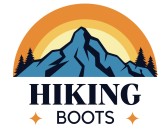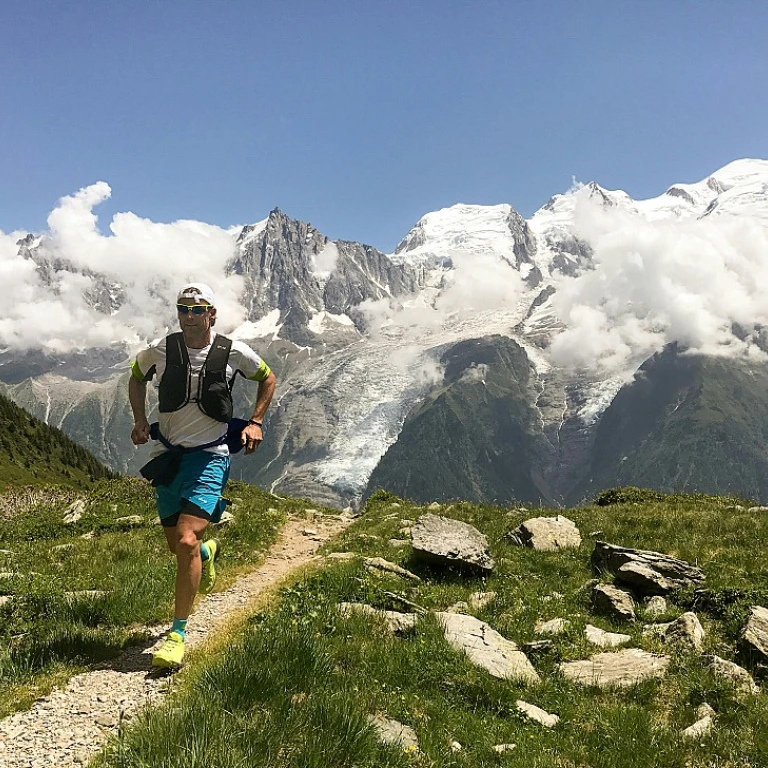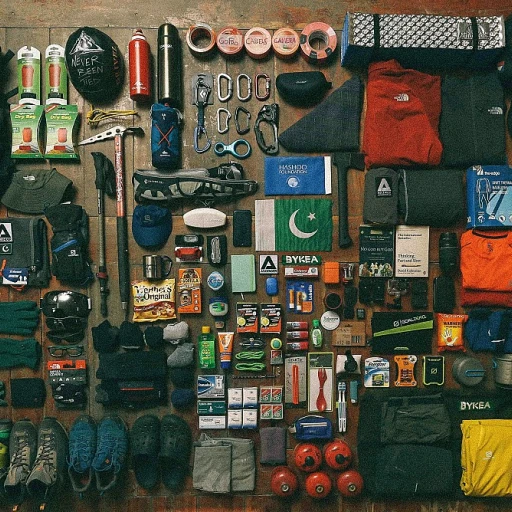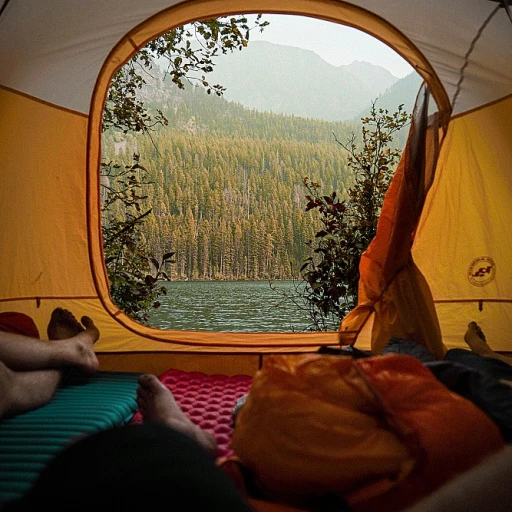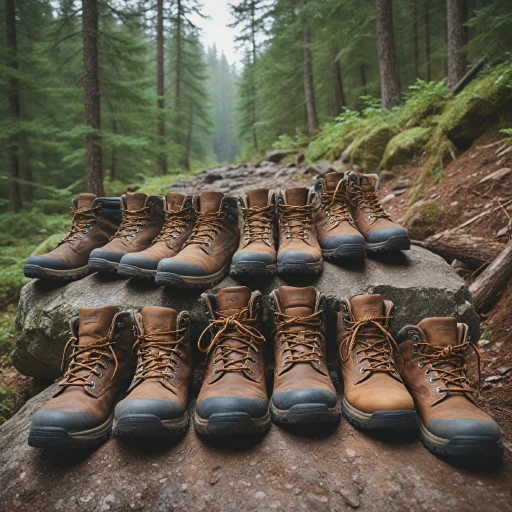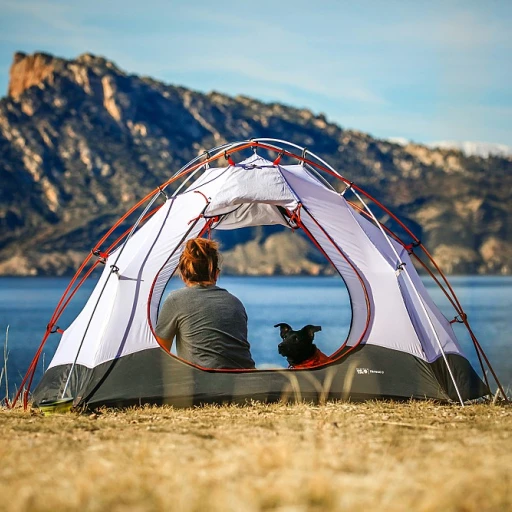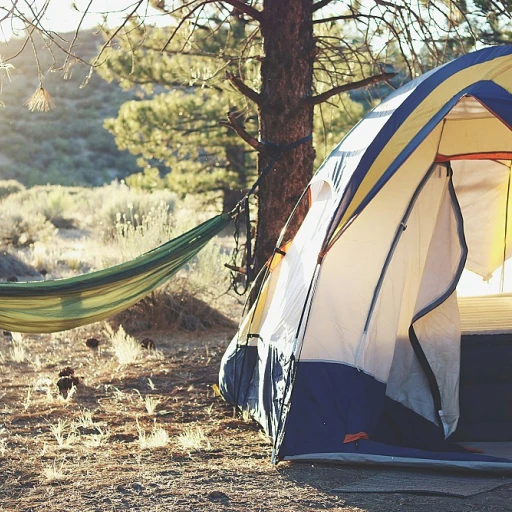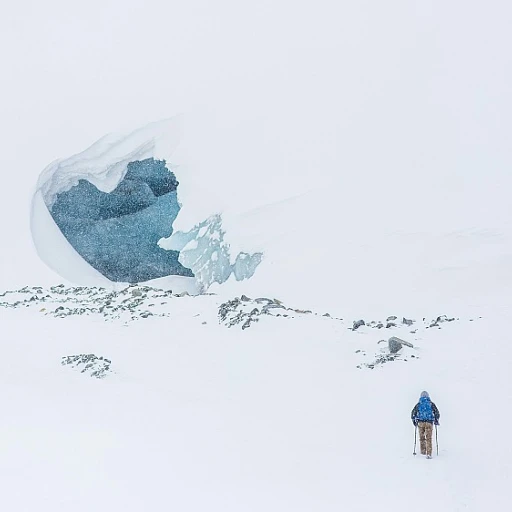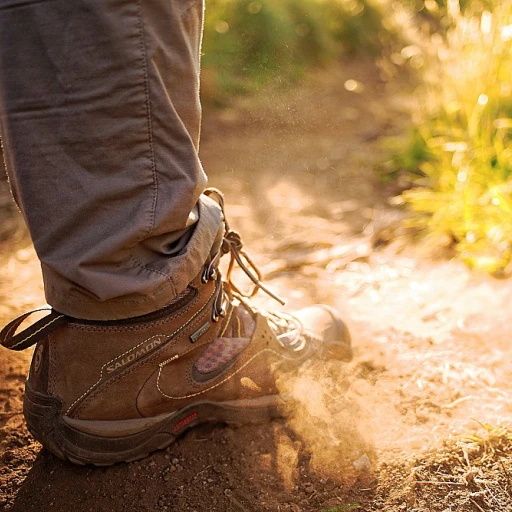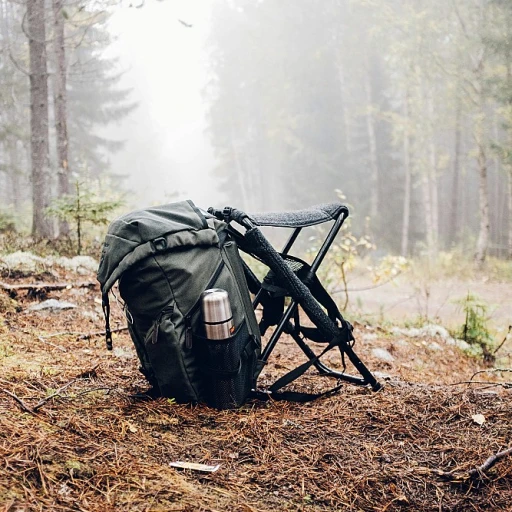
Understanding the Importance of a Reliable Daypack
Essential Role of a Daypack in Hiking
The daypack can easily be overlooked, yet it is indispensable for any day hike, offering more than just storage. Whether you're exploring rugged trails or wandering leisurely paths, the right daypack can impact your hiking experience in surprising ways. A reliable hiking gear is foundational to any hike. Daypacks serve as compact solutions, balancing the need to keep essentials handy without adding excessive weight. With daypacks, you can comfortably organize gear such as water bottles, snacks, a compact rain jacket, and your phone, thanks to multiple pockets and smartly integrated compartments. To make your trek enjoyable, the daypack’s features like adjustable shoulder straps, a supportive hip belt, and well-designed ventilation work together to provide comfort and ease. Furthermore, the optimal capacity of the pack, measured in liters, ensures you carry all necessities without being cumbersome. Day hikers often praise brands like Osprey, REI, and Gregory for engineering some of the top-performing daypacks on the market. Model names like the Osprey Talon and Gregory Nano continue to set benchmarks, with innovative designs tailored for both speed and carrying heavier loads when required. In summary, whether choosing popular models like the REI Flash or the Osprey Stratos, or considering specialized needs with options like the Cotopaxi Batac or Nemo Persist, acknowledging the role of the daypack in your hiking setup is paramount. It's not just about selection; it's about understanding the function these packs fulfill on the trail.Key Features to Look for in Hiking Daypacks
Essential Elements for Your Hiking Daypack
When selecting a daypack for your hiking adventures, understanding the key features can make all the difference in comfort and functionality. Here are some crucial aspects to consider:
- Capacity and Size: The capacity of your daypack, often measured in liters, should align with the duration and nature of your hikes. For day hikes, a pack with a capacity of 15 to 30 liters is typically sufficient. Consider options like the Osprey Daylite or REI Flash for their versatile sizes.
- Weight and Comfort: A lightweight pack can reduce fatigue on longer trails. Look for daypacks with padded shoulder straps and a hip belt to distribute weight evenly. The Gregory Nano and Osprey Talon are known for their comfort and support.
- Pockets and Organization: Multiple pockets, including a main compartment and smaller sections, help keep your gear organized. Consider models like the REI Trail and Speed Lite for their efficient use of space.
- Hydration Compatibility: Staying hydrated is crucial. Many daypacks, such as the Osprey Stratos, offer hydration reservoir compatibility, while others provide side pockets for water bottles.
- Durability and Material: Choose a pack made from durable materials that can withstand the elements. The Nemo Persist and REI Traverse are excellent choices for their robust construction.
For those planning more demanding hikes, exploring the best backpacks for Everest expeditions might offer insights into advanced features and durability.
By focusing on these features, you can ensure your daypack meets your specific hiking needs, providing both comfort and practicality on the trail.
Comparing Daypacks for Different Hiking Needs
Finding the Right Fit for Every Level of Hiker
Choosing a daypack isn't a one-size-fits-all affair, and it's crucial to align your choice with your specific hiking needs. Adventure enthusiasts must carefully consider factors such as weight, capacity, and design to ensure their daypacks enhance rather than hinder their experience. To start, consider the type of hiking you'll be doing. For short day hikes, a pack like the REI Flash might suffice with its lightweight structure and minimalistic design. The key here is to ensure you have enough capacity for essentials without extra weight, often staying within the 15-20 liters range. On the other hand, if your adventures venture into more challenging terrains or require you to carry more gear, options with higher capacity, such as the Osprey Talon or Gregory Nano, are ideal as they provide robust support, larger main compartments, and more efficient weight distribution. Beyond size, the features of a daypack significantly impact its utility. For hydration, ensure that your pack is compatible with hydration systems or effectively accommodates water bottles. Pockets, including both interior and exterior options, are essential for organization and quick access to smaller items. Ensure that you'll navigate with ease by choosing packs with durable zippers and easy-to-adjust straps, particularly around the shoulders and hips. The Osprey Daylite, for example, offers an ergonomic design that can adapt to the contours of your body, providing comfort during extended treks. Notably, some daypacks cater specifically to the physique of certain hikers. Packs like the REI Trail and Osprey Daylite are top choices because they consider diverse needs, offering variations suitable for women and enriching overall comfort with features like hip belts that alleviate strain from heavy loads. Finally, the choice of brand can also influence your hiking comfort. Consider reliable manufacturers like Gregory, Osprey, and REI, all of whom are renowned for incorporating innovative features such as adjustable shoulder straps and effective weight management techniques that make carrying gear over long distances manageable. Opting for a well-engineered pack means you're not just buying equipment; you're investing in the quality of your experience outdoors. Exploring the array of top footwear choices for water hiking adventures can further enhance your hiking endeavors by ensuring compatibility with the terrain and climate you intend to explore. In summary, aligning your hiking goals with daypack functionality will refine your choices and enhance your hiking enjoyment. Be sure to match the load capacity and features with your activity level and personal preferences to ensure you’re well-prepared for each trek.Top Brands and Models for Hiking Daypacks
Leading Brands and Their Standout Models
When it comes to selecting a daypack, the choice of brand can significantly influence your hiking experience. Each brand offers unique features and designs tailored to different hiking needs. Here’s a look at some of the top brands and their standout models that are worth considering for your next adventure.
Osprey: A Legacy of Innovation
Osprey is renowned for its innovative designs and durable packs. The Osprey Talon series is a favorite among hikers for its lightweight design and excellent ventilation. With capacities ranging from 11 to 44 liters, it caters to various hiking needs. The Osprey Daylite is another popular choice, known for its compact size and versatility, making it ideal for short day hikes.
REI Co-op: Versatility and Value
REI Co-op offers a range of daypacks that balance functionality and affordability. The REI Flash series is particularly notable for its lightweight construction and ample pockets, providing easy access to gear. For those carrying heavier loads, the REI Trail series offers enhanced support with its padded hip belt and adjustable shoulder straps.
Gregory: Comfort and Customization
Gregory packs are celebrated for their comfort and ergonomic design. The Gregory Nano series is perfect for those seeking a compact pack with a sleek design. For more demanding hikes, the Gregory Zulu and Jade series offer larger capacities and advanced suspension systems to manage weight effectively.
Cotopaxi: Sustainable and Stylish
Cotopaxi is known for its commitment to sustainability and vibrant designs. The Cotopaxi Batac is a standout model, offering a unique look with its colorful patterns and practical features like multiple pockets and a hydration sleeve.
Black Diamond: Performance and Precision
For those who prioritize performance, Black Diamond’s Diamond Distance series is designed for speed and efficiency. These packs are lightweight yet durable, making them ideal for fast-paced day hikes.
Choosing the right daypack involves considering the specific features that align with your hiking style and needs. Whether you prioritize weight, capacity, or additional features like hydration compatibility, these top brands offer models that cater to a wide range of preferences.
Tips for Maintaining and Caring for Your Daypack
Preserving the Longevity of Your Daypack
Ensuring the longevity of your hiking daypack involves proper care and maintenance. Here are several tips to keep your gear in top condition:- Regular Cleaning: After each hike, empty your daypack, making sure there's no debris or moisture inside, especially in compartments like the main compartment and smaller pockets. Use mild soap and water to clean external and internal surfaces, then air dry completely to avoid mold and mildew.
- Inspect for Damage: Regularly check your daypack for wear and tear. Pay attention to areas around shoulder straps, hip belts, and seams. If you notice any fraying or damage, repair them promptly to prevent further issues.
- Store Properly: Keep your daypack in a cool, dry place when not in use. Avoid prolonged exposure to sunlight as UV rays can degrade the material, reducing the overall lifespan of your pack.
- Hydration System Care: If your daypack includes a hydration feature, clean the reservoir and tubing regularly to prevent bacterial growth. Some reservoirs are dishwasher-safe, but always consult the manufacturer's instructions.
- Load Management: To maintain its shape, avoid overloading and distribute weight evenly. Consider the capacity and weight lbs your daypack can handle, especially for those with features like the Osprey Talon or REI Flash.
Personalizing Your Daypack for Optimal Use
Maximizing Your Hiking Efficiency
Personalizing your daypack can significantly enhance your hiking experience by ensuring it meets your specific needs and preferences. Here are a few tips to help you get the most out of your pack:
- Consider the Capacity: Choosing the right capacity for your day hikes is essential. For instance, the REI Flash and Gregory Nano are available in various sizes, usually ranging from 16 to 30 liters, which can accommodate different gear requirements. Ensure the main compartment is spacious enough for your essentials.
- Optimize the Pockets and Compartments: Make use of pockets to organize your gear efficiently. The Osprey Talon and REI Trail feature multiple pockets, including water bottle pockets and a hydration sleeve, which can streamline packing and access.
- Adjust for Comfort: Comfort is a priority, especially on long trails. Adjust the hip belt, shoulder straps, and other adjustable features for an ideal fit. Packs like the Osprey Daylite and Gregory Nano offer ergonomic designs for better weight distribution.
- Lighten the Load: While packing, consider the weight and size of each item. Ultra-light options such as the Diamond Distance or midsize choices like the Osprey Stratos can help reduce weight lbs without sacrificing function.
By tailoring your daypack with these tips in mind, you ensure a more seamless and enjoyable hiking day. Selecting a backpack not only based on style but on practical features such as capacity, comfort, and weight, can make all the difference in your outdoor adventures.
